What is the difference between the sun, washing and honey treatment of coffee beans?
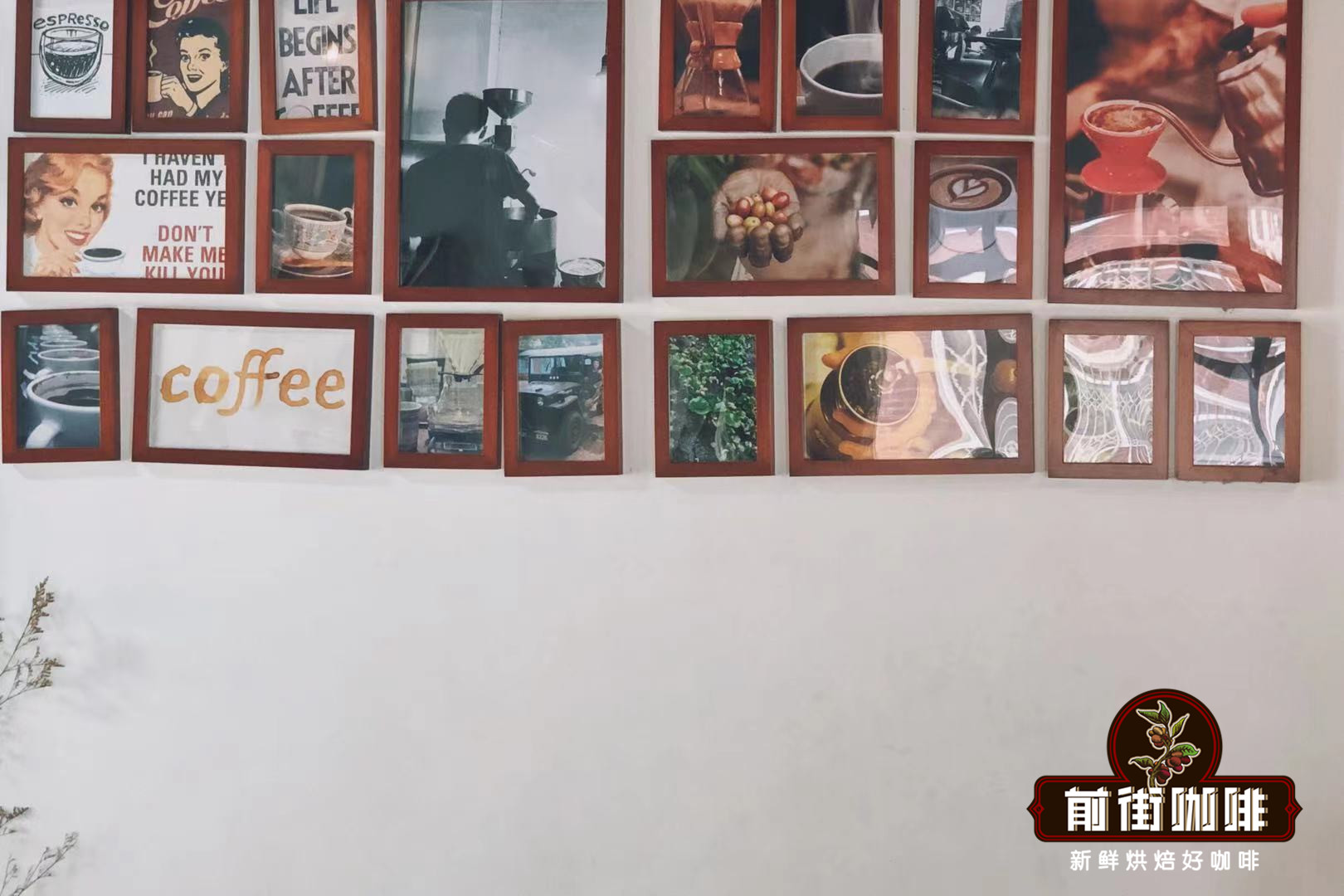
Professional coffee knowledge exchange more coffee bean consultation please follow the coffee workshop (Wechat official account cafe_style)
It is believed that when buying boutique coffee, readers will often see the handling method marked on the bags, but what exactly does this mean? And how will these treatments affect the flavor of coffee beans? Well, Qianjie Coffee will take you today to reveal the three common ways to treat coffee beans. Before that, Qianjie Coffee would like to explain what is a coffee cherry? Coffee beans are actually the seeds of coffee cherries (coffee cherry). Coffee cherries are small, red, round fruits with thin and sweet flesh, and coffee beans are wrapped in them. there are usually two coffee beans in a coffee cherry. The coffee we drink uses coffee beans, while the pulp and peel of coffee cherries are discarded.
Coffee cherries must be processed before they can become coffee beans. The treatment methods of different producing areas in the world are different, but they can be divided into dry type (sun method), wet type (water washing method or half-sun method).
After the coffee cherry is harvested, you need to go into the processing process, and the coffee treatment includes all the necessary steps to separate the coffee seeds (coffee beans) from the coffee cherry residues, making it a product ready to enter the baking stage. The methods used to treat beans have a great impact on the quality and flavor of coffee beans, just as Ethiopian sun-treated coffee has a fragrant blueberry flavor, while Kenya's washed beans have a lively sour taste.
Each coffee-producing region changes its own way of handling coffee beans, which usually depends on geography, climate and access to water resources, which can make a good cup of coffee, but can also be destroyed. If it is not done carefully, no matter how carefully the coffee fruit is planted and harvested, its quality may be affected. There are many ways to deal with coffee fruits, and some coffee farmers choose to process them themselves. they have their own machines and have complete control over their coffee bars before they are sold. Some coffee farmers sell coffee fruits to centralized stations, which are responsible for drying and / or shelling.
There are three main ways to treat coffee beans, which you are likely to encounter when buying coffee: sun exposure, water washing and honey treatment. Most boutique coffee bags are marked with how to handle them.
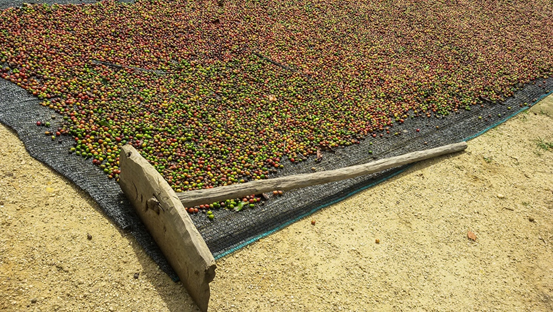
Sun exposure (natural treatment)
Coffee treated naturally or in the sun has a strong fruity aroma and a unique flavor from coffee cherries. In this way, the brewed coffee has a deeper mellow thickness and slightly less bright acidity. In the process of natural treatment, coffee cherries will be spread out in the sun to dry, must be fixed with a rake to avoid excessive fermentation, rot or mildew. It will take several minutes (according to temperature and humidity) to dry the coffee cherry to the desired humidity (about 10% to 12%) before the dried pulp and sheep skin coated on the seed can be crushed and ready to enter the baking stage. Some professional coffee makers have a negative view of sun-treated coffee. They think the coffee is "creamy" or show overfermented fruit aromas, but these smells only occur when cherry coffee is not carefully processed. Some people compare this flavor with the unadded, undistorted flavor of natural wine (natural wine can leave a more lively, even weirdly stylish flavor).
Tanning is the oldest and cheapest way to handle coffee beans, and although some coffee farmers and coffee experts think it is a poor way to handle it, it is necessary for countries that lack water resources, such as Brazil and Ethiopia. Nevertheless, recently, some farmers have been working hard to improve the solarization method, hoping to produce excellent products that can reverse some negative feelings.
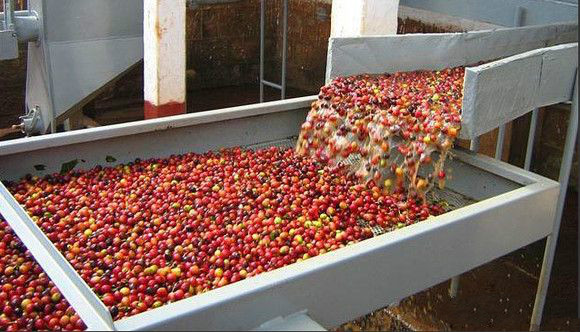
Washing method
The treatment of coffee beans by washing, also known as "wet treatment", will give the beans a dry and lively flavor. Compared with the sun method, water washing can bring out more differences in fineness, lighter pure thickness as a whole, and deeper acidity. Various features make water-washed beans the preferred type of many boutique coffee roasters.
In the process of washing, large automatic machines or smaller manual machines are used to remove the pulp of coffee seeds or squeeze them out of cherries. The rest of the shell is thrown into compost to make fertilizer, or dried to make coffee peel (Cascara).
After the coffee beans are removed from the pulp, they are still covered with a sticky pectin layer and have to be soaked in the sink for 12 to 72 hours. This process is called "fermentation". The microbes will eat up the sugary pectin layer on the noodles. There are many factors that affect the length of fermentation time, such as temperature or water quality, but it is important not to let the seeds soak in water for too long, otherwise it will over-ferment and spoil the flavor.
After the seeds are fermented, they are soaked in clean water or washed before they are moved to a terrace or elevated drying bed to dry, or a mechanical dryer is used to dry. The terrace or elevated bed takes several hours, while the machine takes only a few hours. When the water content of the seeds is dried to 10% to 12%, the coffee beans can be left at rest for two months, and then the sheepskin is ground off, that is, the raw beans ready for export and baking.
Honey treatment method
Honey treatment, also known as "natural drying of pulp" (also known as half-sun drying) or "half-washing", is a bit between washing and tanning. First of all, take out the pulp of the coffee cherry, but not soak in water, but let the coffee beans adhere to the pectin layer to dry. After drying, let the coffee beans stand for about two months before grinding (removing the sheep's skin), and then ready for shipment.
Coffee farmers will use this method to deal with it because of environment (water limitation) or style (reaching a specific flavor curve). If properly handled, honey-treated coffee will also have a dry taste and acidity similar to that of water washing, while retaining some strong odors and mixed fruit aromas, which makes half-sun-treated beans unique.
Qianjie Coffee suggests that next time you can compare the flavors of these three different treatments and distinguish your favorite flavor and taste.
For more boutique coffee beans, please add private Qianjie coffee on Wechat. WeChat account: kaixinguoguo0925
Important Notice :
前街咖啡 FrontStreet Coffee has moved to new addredd:
FrontStreet Coffee Address: 315,Donghua East Road,GuangZhou
Tel:020 38364473
- Prev
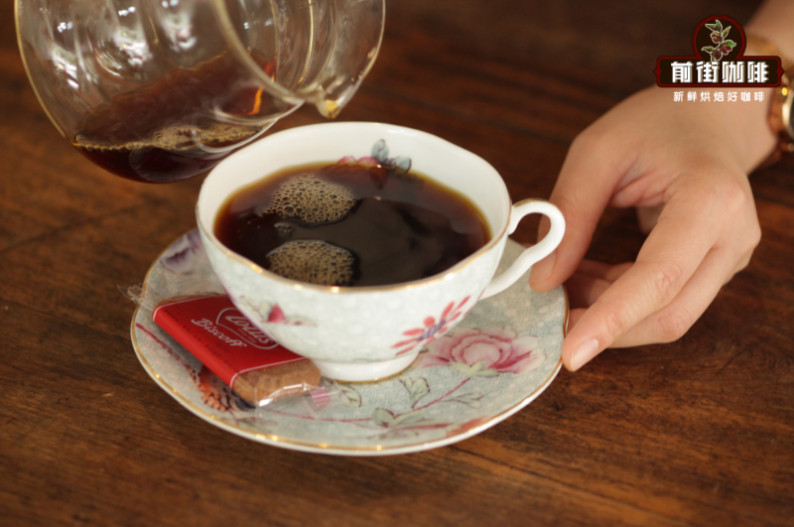
What is it like to brew coffee by hand? how to make delicious coffee?
Professional coffee knowledge exchange more coffee bean consultation Please follow the coffee workshop (Wechat official account cafe_style) if you like coffee, hand-brewing coffee is a must operation, whether ordinary coffee beans or boutique coffee beans, hand-brewing coffee is an advanced way to accompany us. The coffee in the front street below will tell you how to make a delicious cup of hand-made coffee.
- Next
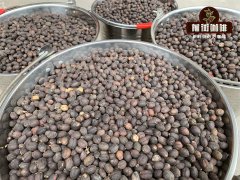
How are coffee beans graded? what is the basis for the grading of coffee beans in various countries?
"boutique coffee" is defined as coffee beans with an international rating of more than 80 points, and each country has its own classification, usually based on the defect rate as the difference between each grade. Then the grading of coffee beans will be affected by what factors, which can be measured from the coffee particle size, the number of defects, growth altitude, hardness, cup test results. Essence
Related
- What is the meaning of lactic acid fermentation with coffee bean treatment?
- How to judge the state of foam by sound?
- How does the latte pull out the unicorn pattern? Come to get for a little trick to improve the flower pull!
- Will flower pulling affect the taste of the latte?
- Do you know the history of coffee?
- The difference between honey treatment and sun washing what is raisin honey treatment?
- What kind of milk can a novice use to make coffee foam to keep the foam longer? The correct method and skills of milking tutorial sharing
- Why do washed coffee beans taste sour? Flavor characteristics of washed Coffee
- Introduction to the skill of how to practice the size and height of water injection around the circle of hand-brewed coffee
- How do beginners practice coffee flower drawing from scratch?

